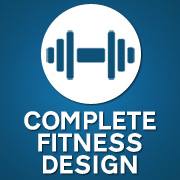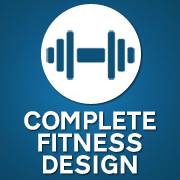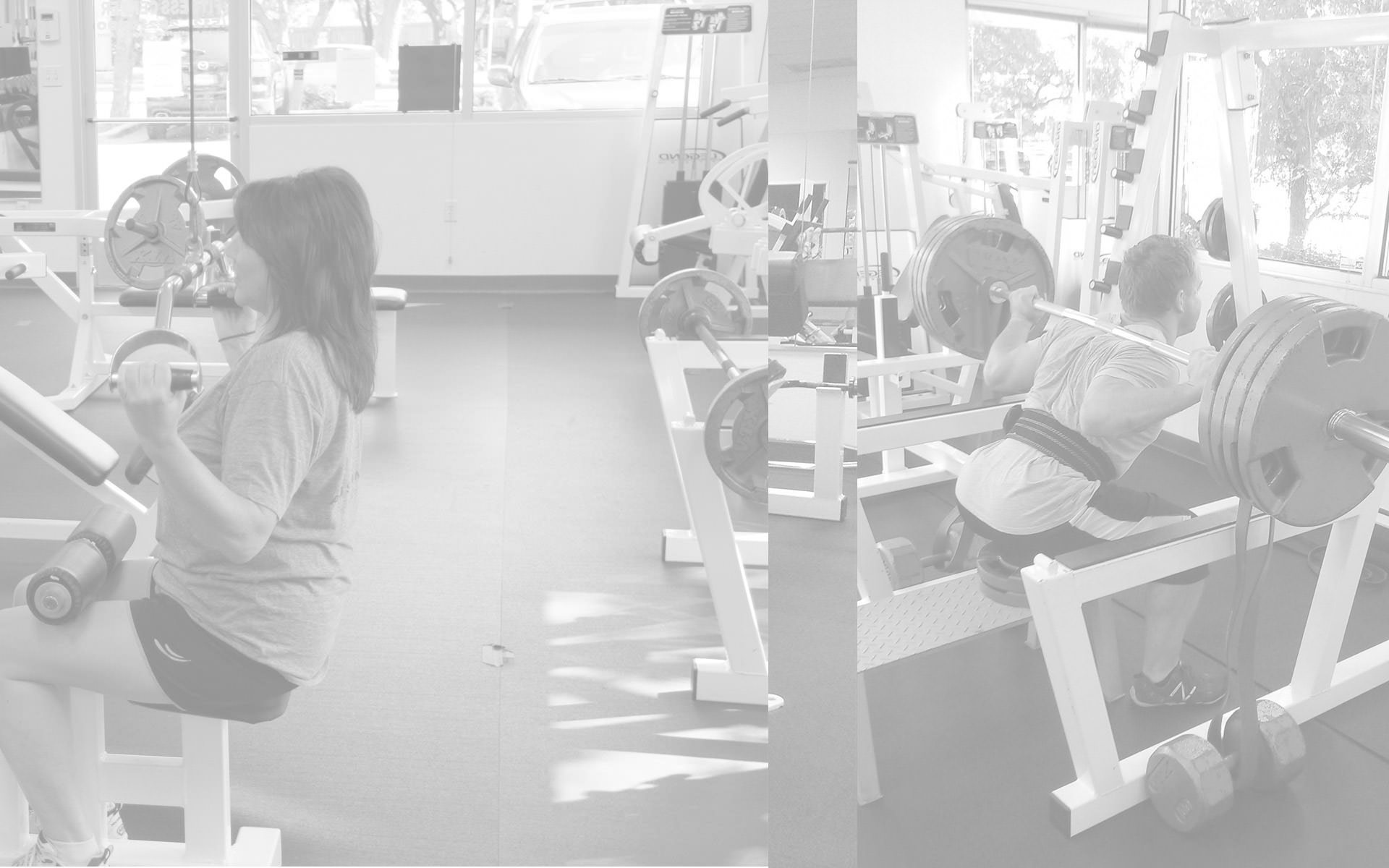The Skinny On How To Put On Muscle
It seems you can’t help but see articles and propaganda at virtually every turn on how to lose weight or how to put on muscle. Standing in the checkout line at the grocery store, just have a look around and you’ll see all the magic cures promoted by celebrities and their trainers, etc. “Lose 5-8 pounds in 3 days” and the like seem to flood the tabloids. One thing we see less of, other than the bodybuilding magazines, however, are realistic articles concerning how to put on muscle.
There are the basic fundamentals that, of course, need to be in place for any endeavor. In this case you will have to be sure to not only consume enough calories, but also be sure to consume the proper amount of calories, and from the appropriate sources. For example, if you normally consume 1800 calories per day, on average, it would be a good starting point to aim for 2300 per day. A boost of 500 calories intuitively sounds like it would put weight on you, and it surely will. The only concern is what kind of weight will you be gaining?
Everyone has their own metabolic rate, and as such, will process and use food at a different rate. That said, you may not need to consume as many calories as the person next to you. Conversely, you may need to consume significantly more than the other guy. This is why a slow and steady increase with an eye on your midsection, as well as the scale, is often times a good starting point.
There are many myths concerning how much of each macro nutrient you need to consume in order to build muscles. This, like all aspects of fitness and nutrition, is a very individual thing. Too much protein is going to be tough on your kidneys and basically useless. Your body can only use so much. The surplus will be excreted, and what is left over from that process, will be stored as fat. Too many healthy fats, will be stored as just that. Fat. Too many carbs, and you’ll be holding water, as well as adding body fat. Balance is essential.
Aside from the formulation of a solid nutrition plan, you will obviously have to exercise the muscles you intend to grow. Should you lift heavy weights for fewer repetitions, or lighter weights for more repetitions? Both! Just as with your approach to nutrition, you will have to find balance within your approach to the workouts in order to maximize your gains.
Nothing is accomplished overnight in the fitness world. Slow and steady progress will be achieved through diligence, perseverance, and consistency. Starting slowly and keeping an eye on all of the variables, will help ensure your success.
Ready to Get Started?

Andy

Latest posts by Andy (see all)
- Workout Motivation: How To Get Motivated To Work Out - March 9, 2022
- Body Fat Types: Subcutaneous and Visceral Fats - June 1, 2019
- Why Diets Work If You Stick With Them - April 1, 2019






